Rude Health’s branding was criticised for being ‘too bold’ and ‘almost sexy’. But it’s proven a turning point for health food
It’s hard to miss the Rude Health Café. Located just a short stroll away from the Thames in the leafy London suburb of Putney, it features a bold sign on top of bright pink and yellow walls.
Sitting inside is Rude Health co-founder Camilla Barnard, the creative force behind the brand and its range of dairy-free drinks, cereals and snacks – all of which are marked out by similarly striking branding.
The brand’s brightly coloured drinks cartons feature a woman with red lips taking a sip from a tall glass of plant-based milk. Its cereals and snacks are characterised by the same trademark lips and dazzling white teeth. Blending into the background is clearly not on the cards.
Name: Camilla Barnard
Age: 52
Potted CV: I studied Japanese at university then spent a couple of years in Japan. I consulted for B&Q on all their books, brochures and leaflets with Nick (now Rude Health executive chairman)before starting Rude Health.
What I’m currently reading: Milk Fed by Melissa Broder. Most of my books revolve around food.
Last night’s dinner: A friend made a lovely filo tart with cheese, roasted tomatoes and salad.
Death row meal: Japanese izakaya style (informal dining with drinks and snacks).
My happy place: In my campervan cooking up some porridge in the mornings.
Barnard explains this was a deliberate bid to stand out from the rest of the slightly bland health food market. “Everybody else was doing health-health-health or yum-yum-yum,” she says.
“We went: we know it’s healthy, let’s not double down on looking healthy. Let’s do the exact opposite and make this look like the most desirable thing ever.”
That idea of desirability was a long way from health food at the time, she says. “It was only really sold in health food shops and you mostly ate it because you thought you should.”
Barnard adds: “It was very brown. Very healthy. Very old school. Food was a real split of you’re either going to love it and it’s terrible for you, or you’re going to hate it but it’s going to do good.
“We were the first people to say we wanted healthy food to look delicious,” she recalls.
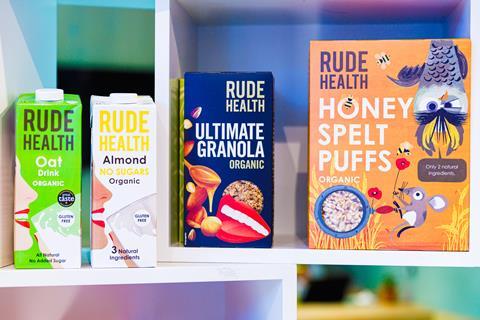
The approach of Rude Health – started by Barnard in 2005 with her now ex-husband Nick, who remains executive chairman – was met with a certain level of criticism.“Everybody told us not to do it because it was wrong for the category,” she says.
“They said it doesn’t look healthy. It’s too big a change. It’s too bold. It’s almost sexy. It’s too extreme. It’s too much. It’s too different.”
Yet sales would suggest it has hit the mark with shoppers. Rude Health has made a dent in the highly competitive dairy-free drinks market, which makes up three-quarters of its £30m retail sales value. About a dozen varieties are lined up behind the café’s counter, ranging from tiger nut milk to a barista coconut blend.
Looking at the strength of the brand today, you could be forgiven for thinking it was an overnight success. In fact, it was more of a slow burner. Trying to change the face of health food from a starting point of nothing was “slightly ambitious”, Barnard admits in hindsight.
The business kicked off with muesli, followed by porridge and then snacking thins. Rude Health secured supermarket listings for its cereals but was still largely seen as a challenger brand. “We were probably pushing at it too soon,” Barnard says.
What happened with Instagram was this idea that what you ate had an impact on how you look and how you felt. So, you had people who previously would have had a fridge full of vodka and lemon going, ‘I need a green smoothie’
The turning point came eight years after the brand made its debut. Facebook’s acquisition of Instagram brought an explosion in users posting high-quality photos.
The impact on food was huge, Barnard remembers. “What happened with Instagram was this idea that what you ate had an impact on how you look and how you felt,” she says. “So, you had people who previously would have had a fridge full of vodka and lemon going, ‘I need a green smoothie’.”
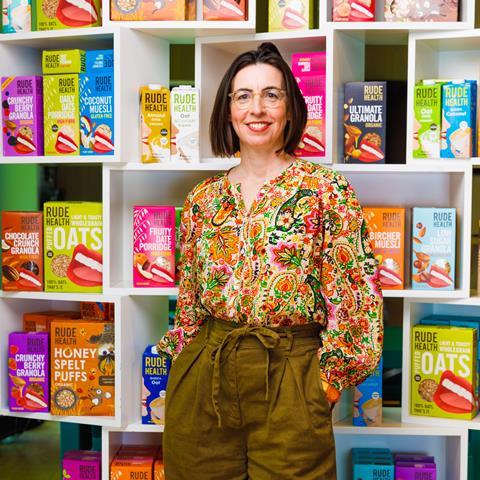
This prompted Rude Health to rebrand to the standout packaging seen today. It turned out to be a precursor for many other brands playing on being both healthy and delicious – an idea Barnard claims “we really did pioneer”.
Now Rude Health is facing a new challenge altogether: how to stand out in a category where so many brands are doing the same thing.
The dairy-free milk market is facing saturation as a host of brands jostle for space. What’s more, dairy-free sales have begun to plateau. In 2022, volumes were flat and value rose below the rate of inflation, up 4.9% to £923.5m [Kantar 52 w/e 4 September 2022].
Some major players have already dropped out amid the pressure. Nestlé axed its pea protein-based Wunda in March, the same month Innocent announced it had pulled the plug on its dairy-free drinks after five years.
Pricing and navigation
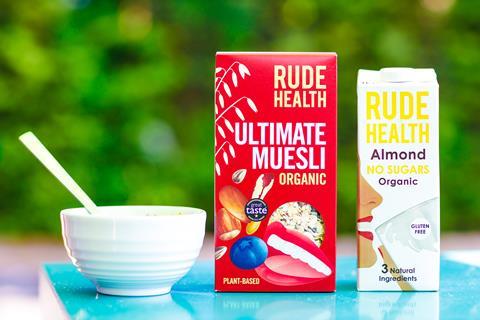
One of the key challenges faced by brands is price. Dairy-free lines command a premium over dairy milk, which puts them in a vulnerable position during a cost of living crisis. And dairy-free brands are increasingly looking to undercut each other.
Rude Health could be especially vulnerable, given it sells at around 10p a litre more than Alpro and Oatly. But it’s weathering the storm, having grown its alt milk sales by 8.7% [NIQ 52 w/e 6 May 2023]. Barnard points out the price is only a “little bit more” than the category giants. The bigger issue, she argues, is getting people to understand the value of a quality dairy-free milk.
“When you think of what we spend on coffee, you want to choose a milk that has the same quality. And it’s getting across that it’s a core ingredient that affects the flavour as much as the coffee itself.”

Ultimately, Barnard believes the dairy-free milk category requires greater clarity on shelf to get the message across. Although seasoned dairy-free shoppers are used to the layout, navigation is a big issue for new consumers, she believes.
“You’ve got loads of different brands, lots of different flavours, you’ve got barista, you’ve got ambient, you’ve got chilled, what’s the difference? It’s an enormous range, and it’s very difficult to navigate.
“So, I think what’s going to happen is it getting clearer with a ‘good-better-best’ offer and being clear on the functionality of what each one does.”
Rude Health has already been a pioneer on health branding. So, could this be another area where Barnard takes the lead?








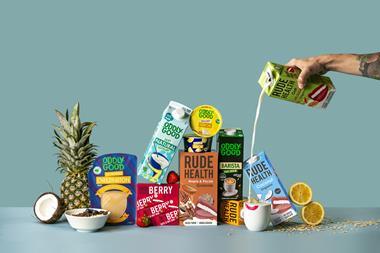
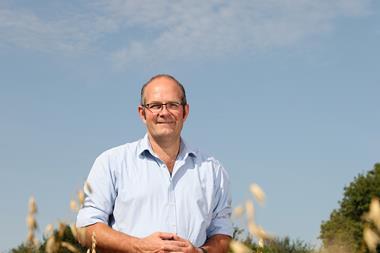
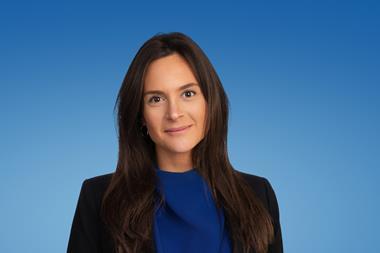

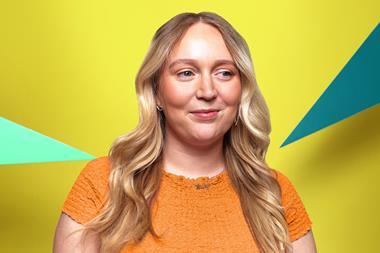
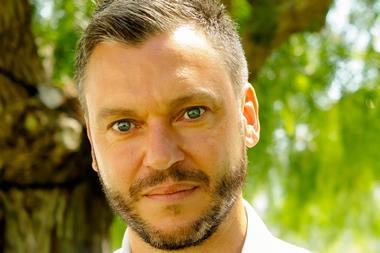

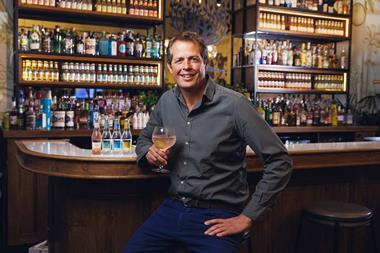
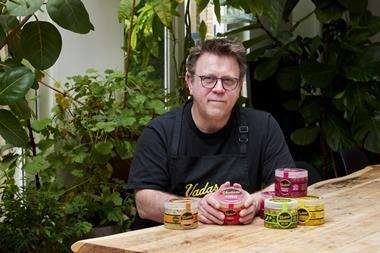
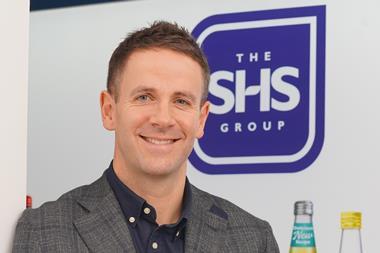


No comments yet